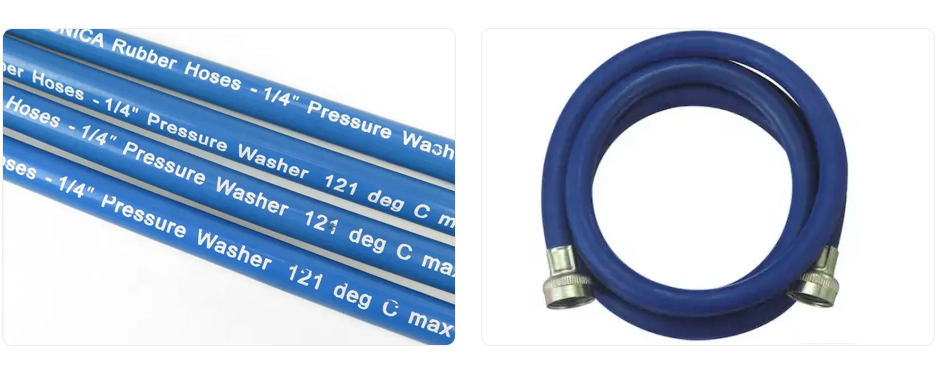335345435
Nov . 08, 2024 09:32 Back to list
Understanding Crimp-On Hydraulic Fittings for Reliable Connections in Fluid Power Systems
Understanding Crimp-On Hydraulic Fittings A Comprehensive Guide
Hydraulic systems are integral to numerous applications across various industries, from manufacturing machinery to mobile equipment. One crucial component of these systems is the crimp-on hydraulic fitting, which plays a pivotal role in ensuring efficient fluid transfer and leak prevention. In this article, we will delve into the intricacies of crimp-on hydraulic fittings, discussing their types, advantages, applications, and installation processes.
What Are Crimp-On Hydraulic Fittings?
Crimp-on hydraulic fittings are specialized connectors that attach hydraulic hoses to different components, such as pumps, cylinders, or valves, in a hydraulic system. The term crimp refers to the process of using a hydraulic crimping tool to compress a metal sleeve around the hose and fitting, thus creating a secure and leak-proof joint. This method is widely favored for its reliability and ease of use.
Types of Crimp-On Hydraulic Fittings
There are several types of crimp-on hydraulic fittings, each designed for specific applications. The most common types include
1. Reusable Fittings These are designed for multiple uses and can be removed and reattached to hoses without losing their integrity. They are ideal for situations where the hose might need replacement or adjustments.
2. Permanent Fittings These fittings, once crimped, cannot be reused. They create a strong bond with the hose, making them suitable for fixed installations where the hose is not expected to change frequently.
3. Straight Fittings These fittings allow for a direct connection without any angle, ideal for straightforward setups.
4. Elbow Fittings Available in various angles (usually 45 or 90 degrees), elbow fittings facilitate easy routing of hydraulic hoses around obstructions in tight spaces.
5. Tee and Cross Fittings These fittings enable multiple hoses to connect at a single point, optimizing space and functionality in complex systems.
Advantages of Crimp-On Hydraulic Fittings
Crimp-on hydraulic fittings boast numerous advantages that enhance the performance and longevity of hydraulic systems
1. Leak Prevention The crimping process ensures a tight seal, dramatically reducing the risk of leaks that can lead to fluid loss and system failures.
2. High Pressure Resistance These fittings are designed to withstand high-pressure environments, making them suitable for demanding applications.
crimp on hydraulic fittings

3. Ease of Installation Crimping fittings is generally straightforward and requires minimal specialized training, allowing for quicker assembly and repairs.
4. Durability The materials used in crimp-on fittings, often steel or stainless steel, provide excellent corrosion resistance and longevity under various environmental conditions.
Installation Process
Installing crimp-on hydraulic fittings involves several steps to ensure a secure connection
1. Preparation Cut the hydraulic hose to the desired length, ensuring the cut is clean and free of debris.
2. Insertion Insert the hose into the fitting to the marked depth. This depth can usually be found on the fitting's specifications.
3. Crimping Using a hydraulic crimping tool, apply pressure evenly around the fitting and sleeve. It’s essential to monitor the crimping pressure to meet the manufacturer’s specifications and avoid over-crimping.
4. Inspection After crimping, inspect the joint for any signs of deformity or improper alignment. A well-crimped fitting should have a uniform appearance without any visible gaps or inconsistencies.
5. Testing Finally, test the assembly under pressure to ensure no leaks occur. This step is crucial to verify the integrity of the installation before putting the system into operation.
Applications
Crimp-on hydraulic fittings are used across various industries, including
- Construction Hydraulic excavators, loaders, and other heavy machinery rely on these fittings for safe operation. - Agriculture Tractors and other farming equipment utilize crimped hoses for hydraulic systems that control implements and attachments. - Manufacturing Many manufacturing processes use hydraulic power for machinery and automation equipment, necessitating reliable fittings.
Conclusion
Crimp-on hydraulic fittings are essential components in hydraulic systems, providing reliable connections that ensure efficient fluid transfer. Understanding their types, advantages, and installation procedures can help users select the right fittings for their applications, leading to enhanced performance and safety in hydraulic operations. With their robustness and adaptability, crimp-on fittings remain a preferred choice across various sectors, emphasizing the importance of quality in hydraulic system design and maintenance.
-
SAE 100 R17 Black Smooth Cover Hydraulic Hose
NewsMar.07,2025
-
SAE 100 R17 Black Smooth Cover Hydraulic Hose
NewsMar.07,2025
-
SAE 100 R17 Black Smooth Cover Hydraulic Hose
NewsMar.07,2025
-
SAE 100 R17 Black Smooth Cover Hydraulic Hose
NewsMar.07,2025
-
SAE 100 R17 Black Smooth Cover Hydraulic Hose
NewsMar.07,2025
-
steel wire braided hydraulic hose
NewsMar.07,2025



